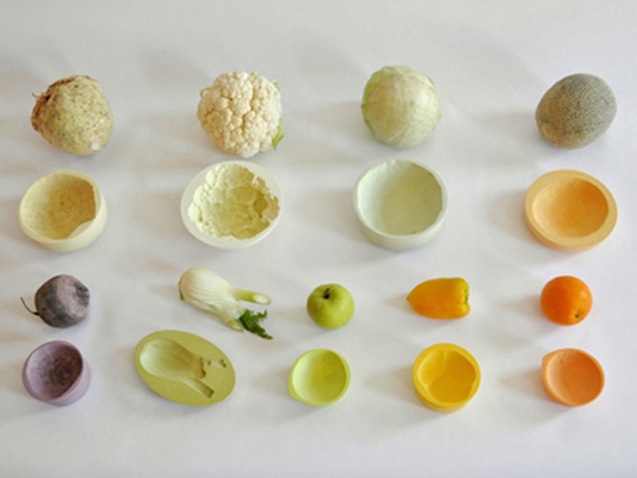 „Reversed Volumes“ heißt eine Serie von Obstschalen, die das Designerduo mischer’traxler hergestellt hat. Dabei handelt es sich um Obstschalen, die durch den Abdruck von verschiedenen Obst oder Gemüsesorten ihre Form bekommen. Die Produktion der Schalen sieht folgendermaßen aus: das Obst wird mithilfe von kleinen Stäben am Rand der Schale fixiert. Die eine Hälfte des Obstes ragt in die Schale, die andere Hälfte steht über den Rand. Der Raum zwischen Schale und Objekt wird mit Keramikpulver aufgefüllt. Vorsichtig entfernt, ergibt es dann die Negativform des verwendeten Objektes. Der Abdruck in den Schalen ist sehr fein und detailliert und eröffnet einen neuen Blickwinkel auf das Obst oder Gemüse. Jede Schale hat ihr
„Reversed Volumes“ heißt eine Serie von Obstschalen, die das Designerduo mischer’traxler hergestellt hat. Dabei handelt es sich um Obstschalen, die durch den Abdruck von verschiedenen Obst oder Gemüsesorten ihre Form bekommen. Die Produktion der Schalen sieht folgendermaßen aus: das Obst wird mithilfe von kleinen Stäben am Rand der Schale fixiert. Die eine Hälfte des Obstes ragt in die Schale, die andere Hälfte steht über den Rand. Der Raum zwischen Schale und Objekt wird mit Keramikpulver aufgefüllt. Vorsichtig entfernt, ergibt es dann die Negativform des verwendeten Objektes. Der Abdruck in den Schalen ist sehr fein und detailliert und eröffnet einen neuen Blickwinkel auf das Obst oder Gemüse. Jede Schale hat ihr 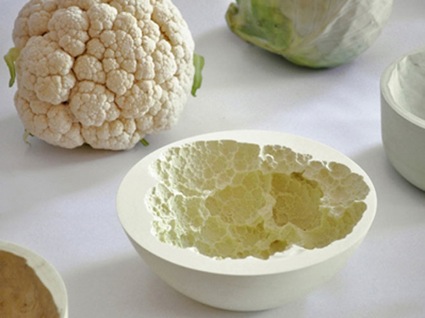 individuelles Gesicht. Kein Obst in der Schale gleicht dem anderen. Soweit wurden Blumenkohl, Sellerie, Kohl, Melonen, Rote Bete, Fenchel, ein grüner Apfel, gelber Pfeffer und eine Orange verewigt. Hergestellt wurde diese Serie für FoodMarketo, ein Pop-up Shop organisiert während der Designwoche in Mailand.
individuelles Gesicht. Kein Obst in der Schale gleicht dem anderen. Soweit wurden Blumenkohl, Sellerie, Kohl, Melonen, Rote Bete, Fenchel, ein grüner Apfel, gelber Pfeffer und eine Orange verewigt. Hergestellt wurde diese Serie für FoodMarketo, ein Pop-up Shop organisiert während der Designwoche in Mailand.
Katharina Mischer und Thomas Traxler sind zusammen das Designduo mischer’traxler mit Sitz in Wien. Schon seit 2004 machen und realisieren sie zusammen Projekte. Die beiden haben schon mehrere Designpreise gewonnen und an vielen Ausstellungen teilgenommen.
Ein Beitrag von über_Land-Gastautorin Anne Martischnig.

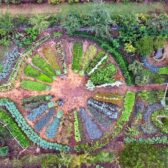
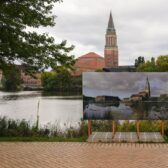
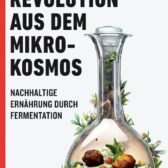
Please come and visit Exposed Agriculture
when you are at Gotland or send some one else.
I forgot to say in the letter belove that I was the first farmer from Gotland in 2000 and looked at how truffles works in reality. Without cooperation France – Gotland – research we would never have been at the level we are today.
Exposed Agriculture 2012-08-19
I am a female farmer living at Bräntings Farm, Rute Gotland. In 7 years, I have fought in a lawsuit for the right to unaltered groundwater. Water in a perfect hydrological system. With so clean water that it can be drunk directly without purification.
The Finnish company Nordkalk OY AB has applied for permission to make an open quarry about 1.700.000 m2 and 25 meters deep at my backyard.
The judiciary has in the lower courts suggested that the groundwater couldnt be assured. The higher courts say otherwise. In the process, there are many question marks. Two examples of the many
• Swedish Minister lifted away part of the Environmental Protection Agency proposed EU Natura 2000 area 2004.
• Sweden’s environmental legislation was changed 20 days before the hearing 2009.
Which gave the opportunity to grant permission for quarry operations.
• Gotland has major water problems.
• The limestone contains large pockets of relict saltwater.
In small test pits in the area was the commitment of the company and their experts that no water should appear. That did not happen. Water flowed into. One test pit was also elevated salt values.
In all materials, the company has cropped maps in a very efficient manner. Which means that the areas used by us peasants have not been included.
I know that climate change has already occurred. In the autumn of 2011, I presented the first Périgord truffle (Tuber melanosporum), which scientists said 2000 was impossible to grow at Gotland. Natural habitat is the Mediterranean.
Hereby I invite you to visit me and share more information on the farm during the period you are on the island. For those of you who are not able to visit me there is a narrative film http://www.youtube.com/watch?v=w-EAYEuq9cQ maps and some English materials and descriptions of my activities on http://www.brantings.se.
On re-hearing
Maria Karlsson
+46708623465
Facts Bräntings Farm http://www.brantings.se
Cultivated in the family since 1952, 300,000 sqm
Truffles Production
Saffron Cultivation
Holiday accommodation
Pasture for sheep and cattle
Conservation of biodiversity in an area of 265 endangered red species
Why this is important
A Finnish mining company has started work on a limestone mine on the Swedish island of Gotland, putting a sensitive and protected natural environment under threat. The Swedish Environmental Protection Agency (Naturvardsverket) is appealing in court, but while they wait the company is going ahead with work on the mine — and only pressure on the EU Environment Commissioner can stop this now.
Despite finding that the proposed environmental protection measures are too weak, a Swedish court has given mining company Nordkalk the right to start mining anyway. While the EPA and environmental organisations are appealing to the Supreme Court, work on the mine has already started. In addition to threatening the bordering Natura 2000 EU protected areas and the 265 endangered species found in the area, the mine will also put the island’s biggest freshwater reserve at risk. But EU Environment Commissioner Janez Potočnik is responsible for ensuring that Sweden meets in EU environmental obligations, and he can step in and save Gotland from this mess — but only if we give him the political support he needs to interfere.
Swedish EU parliamentarian Carl Schlyter and others are already calling on the Commissioner to intervene. Sign the petition now to add an overwhelming public call on the Commissioner to save Gotland and its protected nature areas! As a local resident myself, I’ll work with other locals opposed to the mine and environmental organisations to ensure that our voices are delivered straight to the Commissioner!
Fantastisch!
schaut cool aus. Die keramikmasse wird gebrannt, nehme ich an? Oder ist das ein luftaushärtendes material??
Liebe Brigitte, die Gefässe sind nicht gebrannt, da sie aus einem Material (Verwendung wie Gips, aber auf Keramikbasis) gemacht sind, das nicht gebrannt werden muss.
Die Schalen haben Eigenschaften ähnlich Terrakotta, sind aber lebensmittelecht imprägniert, damit sie wasserfest sind – die Designer empfehlen jedoch keine flüssigen Speisen oder ölhaltiges hineinzugeben, da es sich ins Material saugen kann.